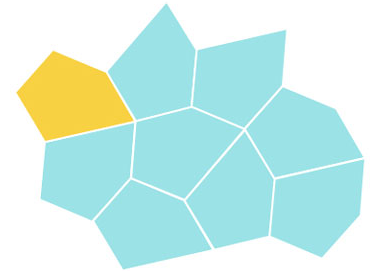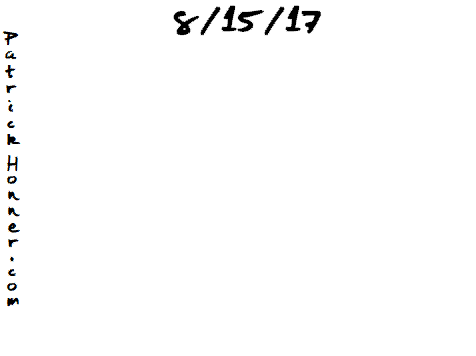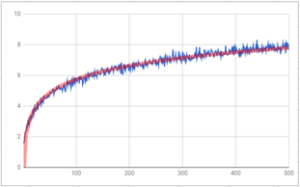 I read a lot of books in 2017, as part of a concerted effort to find healthier ways to spend time. I’d say it was a success! Here are some of the books that made an impact on me this past year.
I read a lot of books in 2017, as part of a concerted effort to find healthier ways to spend time. I’d say it was a success! Here are some of the books that made an impact on me this past year.
Math
Genius at Play, by Siobhan Roberts
I enjoyed this biography of the mathematician John H. Conway, which includes so many lengthy quotations that it often feels like a dialogue between the subject and the author. At times, it even feels like an autobiographical soliloquy, which I gather is not uncommon for Conway. The book covers lots of great math, too, which Roberts presents in an engaging and inviting way.
How to Bake Pi, by Eugenia Cheng
A fun, general-audience book exploring the author’s parallel passions for cooking and mathematics. And a gentle introduction to category theory, to boot!
Teaching and Learning
Why Don’t Students Like School?, by Daniel Willingham
An overview of how some key results from cognitive science can inform effective teaching and learning. A book for practitioners, and a valuable read for teachers of any subject.
The Teacher Wars, by Dana Goldstein
A brief history of the teaching profession in the United States. I was surprised to learn that so many cornerstones of modern educational policy debate–tenure, training, curriculum, pay–have been argued about in much the same ways for over 100 years. An eye-opening read for teachers, and invaluable to those interested in framing current education policy in historical context.
Non-Fiction
The Girl with Seven Names, by Hyeonseo Lee
The fast-paced, harrowing tale of a young woman’s journey out of North Korea, full of twists, turns, and a good deal of sympathy for her homeland. An engaging and poignant look at a mysterious country through one person’s eyes.
China’s Second Continent, by Howard French
A journalist with deep connections to both lands explores the aggressive and strategic wave of Chinese immigration to Africa over the past 30 years. As someone who lived in China and wanted to learn more about modern Africa, it was a perfect fit for me.
Science Fiction
Old Man’s War, by John Scalzi
I ended up reading a lot of science fiction, and it started with this series from John Scalzi. Someone suggested that all the sci fi I read was a form of escapism, and it makes sense: these books were definitely a fun escape.
Foundation, by Isaac Asimov
Once I started with sci fi, I quickly gravitated here, and ended up reading quite a bit of Asimov in 2017. Having consumed so much sci fi in other forms (TV, movies), it’s fascinating going back to the source of so many of those themes, story lines, and even technical details. I was frequently taken aback at Asimov’s portrayal of the role of women in the distant future, which reminded me that stories about the future often tell us a lot about the present.
Thanks to these books, authors, and the Brooklyn Public Library, for making my 2017 healthier, happier, and better informed!
Related Posts
 I’m excited to be visiting Scarsdale High School, where I’ll be talking about the recent classification of pentagonal tilings of the plane. In my talk, The Problem with Pentagons, I’ll show how a math problem accessible to high school geometry students has a solution that ultimately spans centuries, cultures, and disciplines. The talk is based in part my recent article for Quanta Magazine.
I’m excited to be visiting Scarsdale High School, where I’ll be talking about the recent classification of pentagonal tilings of the plane. In my talk, The Problem with Pentagons, I’ll show how a math problem accessible to high school geometry students has a solution that ultimately spans centuries, cultures, and disciplines. The talk is based in part my recent article for Quanta Magazine.


